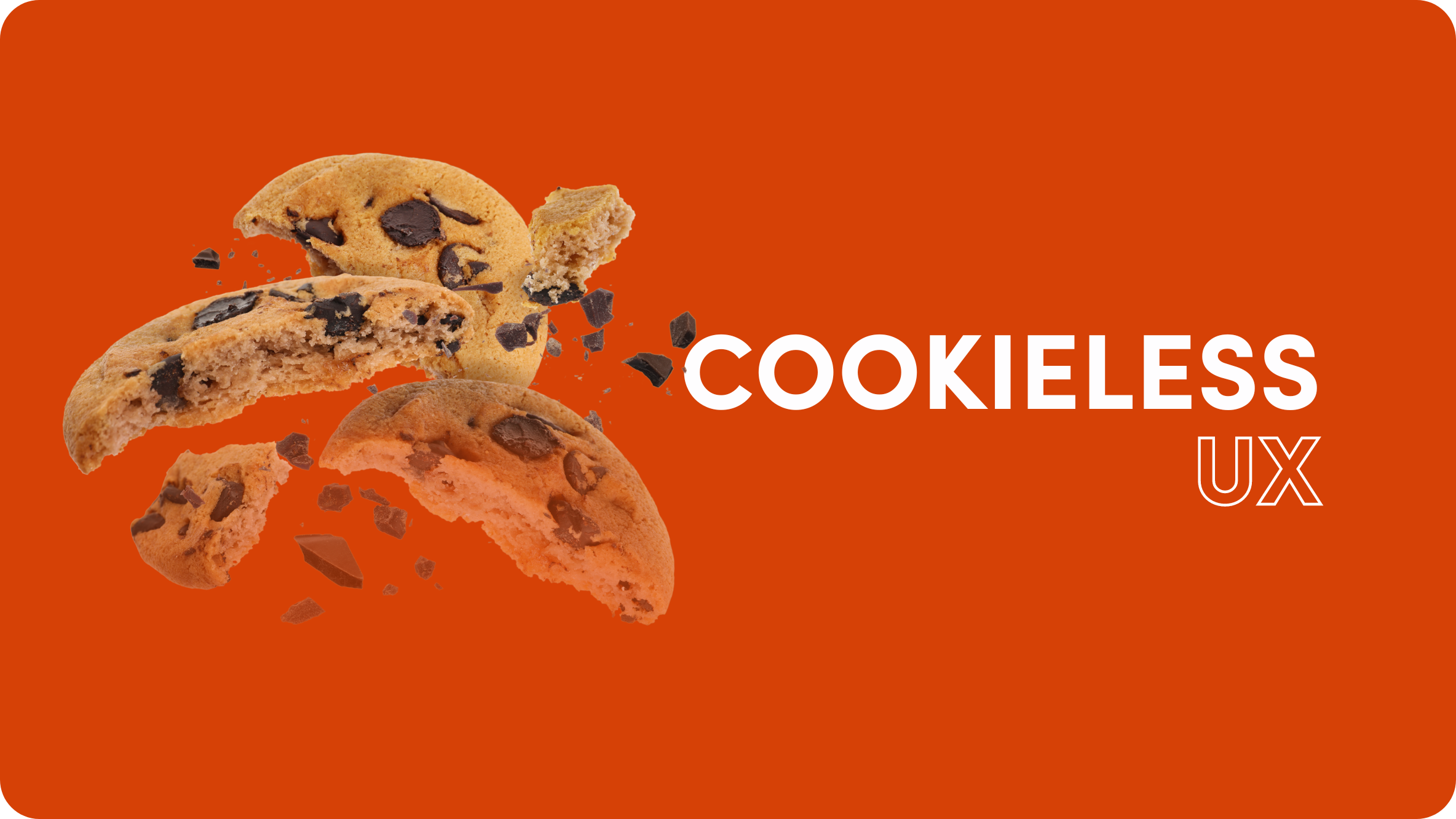How to Measure the Success of Mid-Funnel Campaigns

Top-funnel marketing is all about reach and awareness. Bottom-funnel – clear-cut conversions.
But what about mid-funnel?
Mid-funnel campaigns are typically much harder to measure. Things like lead quality and customer engagement are tough to put a number on.
Notice we said ‘tough’, not impossible!
In this guide, we’ll shed some light on the challenges faced when trying to measure mid-funnel success and steps you can take to overcome them.
Understanding Mid-Funnel Marketing
Mid-funnel marketing is where focus shifts from grabbing customer attention (top of funnel) to nurturing interest among customers in what you are selling.
Top-of-funnel (TOFU) marketing uses eye-catching ads and engaging social media posts to draw people in. But once you’ve got their attention, that’s when mid-funnel strategies kick in.
Prospects who reach mid-funnel have already shown an interest in what you have to offer. But they’re still not ready to buy. Therefore, it’s less about the “wow” factor and more about keeping them interested and building a relationship.
At the mid-funnel stage, you need to create content that resonates with their needs and interests. Content such as:
- Informative and useful blog posts
- Webinars
- Video content
- Podcasts
- Email newsletters
The main aim is to keep your brand in people’s minds. You do this by providing value-driven content that keeps them coming back for more.
You should also look to get feedback at this stage. Comments and queries based on your content can help to inform key campaign decisions, such as optimizing your messaging and platform-specific strategies.
But how do you know if you’re doing a good job in the mid-funnel campaign stage?
This is where many marketers hit a snag. Typical metrics like website visits or email opens, don’t actually tell you that much about customer engagement.
For that, you need a balance between qualitative and quantitative metrics.
- Quantitative metrics – Numbers: How many people visited your site, blog, or social media page.
- Qualitative metrics – Behavior: Did they stay, browse, engage?
Think about one of your recent marketing campaigns. Maybe you ran the numbers, but did you dig deeper into what those numbers mean?
How long did visitors stay on your page? What did they interact with? What comments did they leave?
Answers to these questions help reveal the story behind the stats.
In other words, you should combine ‘how many’ with ‘what did they do’ to truly understand the impact of your mid-funnel efforts.
Strategies for Measuring Mid-Funnel Success
If you’re stuck on what kind of metrics to focus on in the mid-funnel campaign stage, then you first need to set a clear strategy.
Here are some mid-funnel measurement strategy ideas to get you started.
Focus on attention metrics
Attention is all about looking at how people engage and interact with your content. For instance, are they spending more time than average on certain pages or areas of your site?
Do they actually view your ads, read your blogs, or watch your videos?
Are there certain resources, such as white papers or e-books, that they prefer to download?
The answers to these questions will give you more than just a surface-level idea of what content approaches are working and which aren’t.
Use advanced analytics tools
The next question is – how do you get these deeper engagement metrics? Tools like Google Analytics can provide these insights. You can check the average time spent on key pages and interactions like downloads and clicks.
A powerful feature of Google Analytics is the ‘Behavior Flow’ report. This shows the path people take through your site, which can be very revealing. You’ll get to see if certain content leads to better engagement, as well as any drop-off points.
Using analytics tools in this way will help you understand user behavior better and plan for future content.
Analyze email engagement
When looking at email engagement, you want to go beyond simply tracking opens and clicks. Start by looking at which links get clicked in your emails. Are readers clicking to see blog posts, offers, product pages, or other resources?
Don’t forget to also keep an eye on what actions they take after clicking the email link – do they browse further or buy straight away?
Monitor social media interactions
Interactions are key when it comes to social media. What content do they like, comment, and share? What kind of responses are you getting in the comments section? This is qualitative data that can be great for setting the direction of future campaigns.
Correlate content engagement with sales
With certain types of content, you can try to correlate it with actual sales, even in the mid-funnel section. For instance, let’s say you have a new instructional video on your site. Track how many people watch it until the end, and if there’s a bump in sales of the featured product, the video may be influencing buying decisions.
Be careful with this though, as correlation doesn’t necessarily mean causation. Make sure there are no other factors that could be influencing the uplift of sales before drawing a conclusion.
A/B testing
A/B testing is really powerful as it gives you a real-time way to test the effectiveness of your mid-funnel content and messaging. For example, you can test two different email subject lines to see which one gets more opens. Landing page headlines and calls to action (CTAs) are other good ways to A/B test content.
Customer feedback and surveys
Surveys and feedback forms can be useful for finding out the preferences of your audience. You can ask for their thoughts on your content and any suggestions for future blog posts or videos. This way, you get direct input from your target market, which is a goldmine.
Lead scoring models
Many CRM systems offer lead scoring tools. You start by defining what actions and engagements you consider to be high-value. This could be downloading a whitepaper or attending a webinar. Then you assign scores to these actions, helping prioritize leads for follow-up during the bottom-of-funnel stage.
Making The Most of Social Media
Most brands think of social media platforms as the perfect place for advertising, but they offer more than that. You can also use social media for building deeper relationships and offering customer service.
Some good examples of using social media in mid-funnel campaigns are:
- Hosting live Q&A sessions
- Interactive polls
- Storytelling – influencer or customer journeys and case studies
- Tutorials and webinars
Take a cosmetic brand as an example. They could use Instagram Stories to showcase makeup tutorials using their products. Encouraging viewers to swipe up to visit their site for more tips, would get people to further engage with their brand. Success could be measured by tracking the increase in site visits from Instagram, engagement on the stories, and ultimately, the conversion rate from these extra visits.
Listen to your social media audience
Social listening tools such as Hootsuite or Brandwatch offer a powerful way to direct your mid-funnel campaigns. They uncover what your audience is talking about, their needs, and how they feel about certain topics.
For example, a fitness company may find out that a big portion of their audience is chatting about outdoor workouts at the moment. They can go ahead and create content on this topic, (e.g. tips on simple outdoor exercises) and share it on Facebook or Twitter (X).
Adapting to New Targeting Solutions
Due to privacy concerns and growing customer awareness around data privacy, third-party cookies are being gradually phased out. To make sure you’re not affected by this, it’s best to focus more on first-party data.
Collect data directly from customers via your website, email subscriptions, social media, and any other interactions. You can also partner with native advertising networks like Outbrain, who offer contextual targeting tools so you can target audiences accurately without needing to rely on cookies.
Once you have access to first-party data, you can use it to personalize mid-funnel content and ads. For example, imagine you run an online bookstore. You have a lot of data on the genres your customers prefer, the books they view, and their purchase history. If you notice that people are buying a lot more murder mystery novels at the moment, you can create a blog post titled “The Best Mystery Novels of The Year” and promote it via a native ad campaign on popular websites that your audience likes to visit.
Taking it further, you can partner with mystery novel authors and feature blog posts on their work and what readers can expect from their latest release. You can even create interactive content such as ‘whodunnit’ games and mystery genre quizzes.
More Engagement, More Growth
Mid-funnel marketing is all about deepening engagement with your brand and building a connection. This can be tricky to quantify. That’s why it’s best to take an approach that monitors both quantitative data (numerical metrics) and qualitative data (insights).
Instead of just looking at the number of website visitors and email opens, you need to pay more attention to what content people are interacting with and the feedback they provide.
Analytical tools such as Google Analytics and social listening tools can help you to understand the impact of your mid-funnel campaigns more clearly.











